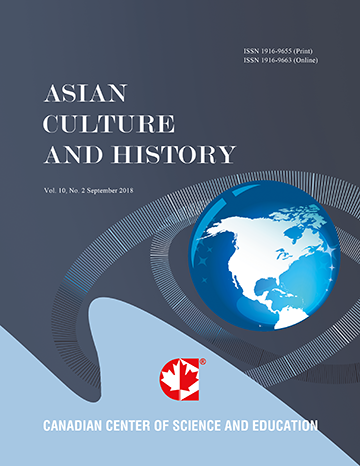Tradition: Connecting the Past and Present A Case Study of Xintiandi in Shanghai
- Fengqi Qian
Abstract
Tradition and modernisation are often seen as a binary opposition. In an urban environment, traditional built form seems incompatible to modern way of life, and the adaptation of traditional neighbourhoods to modern use often causes controversy. Nowadays, ideas about ‘what is tradition’ become shifting, and traditional townscape does not necessarily mean an obstacle to modernisation. This paper reveals how the role of traditional elements is played in China’s urban development. The case study of Xintiandi, Shanghai, where traditional townscape is restored, highlights the connection of the city’s past and present. Xintiandi is a successful yet controversial city renewal project, where Shanghai’s traditional housing form Shikumen is restored and put into adaptive uses. In the course of urban modernisation, the role of tradition as a representation of the connection between the city’s past and present deserves more study. This paper aims to add a perspective to the literature on the study of tradition. It argues for the diversity and fluidity of the ideas about tradition. In this view, tradition is not necessarily in dichotomy with, or opposite to modernisation; rather, tradition justifies the needs of modernisation and supplements its outcomes. The paper is developed in light of works on tradition by Shils, Hobsbawm, Giddens and others; The case study of Xintiandi shows what Old Shanghai tradition means to this city today, and how traditional elements are adapted and used in the course of urban modernisation.
- Full Text:
 PDF
PDF
- DOI:10.5539/ach.v8n2p10
Journal Metrics
Google-based Impact Factor (2017): 5.42
h-index (January 2018): 11
i10-index (January 2018): 21
h5-index (January 2018): 6
h5-median (January 2018): 9
Index
- Academic Journals Database
- CNKI Scholar
- COPAC
- EconPapers
- Elektronische Zeitschriftenbibliothek (EZB)
- Excellence in Research for Australia (ERA)
- Genamics JournalSeek
- Google Scholar
- Infotrieve
- LOCKSS
- MIAR
- NewJour
- Open J-Gate
- PKP Open Archives Harvester
- Publons
- RePEc
- Scilit
- SHERPA/RoMEO
- Standard Periodical Directory
- Technische Informationsbibliothek (TIB)
- The Keepers Registry
- Universe Digital Library
- WorldCat
Contact
- Ivan YongEditorial Assistant
- ach@ccsenet.org
